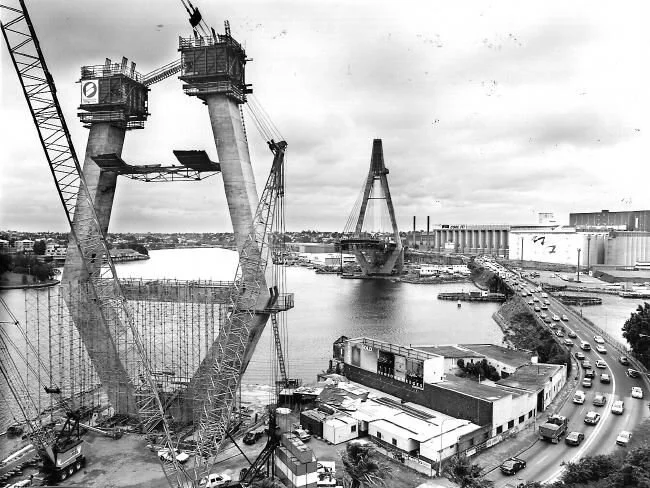This week Australia's NSW Government announced the sale of 293 public housing lots in Millers Point. The government says that its primary reason for selling these properties is because retaining them will require significant investment for refurbishment.
Furthermore, with some rents already being subsidised up to $40,000 per year, the lots are an unfair distribution of funding. Fair point. Noting a fall of up to 45 per cent in private low-income rental stock in the City of Sydney between 2006 and 2011, the team at Cred Community Planning urged the government to provide public housing in the area if these lots were sold. This advice has been ignored.
While the Community Services Minister has claimed that the tenants will be relocated nearby, the chances of this actually happening are slim: there is a major shortage of affordable housing in inner Sydney. It's far more likely that these tenants will be pushed to peripheral areas, where poor public transport networks and a lack of employment opportunities only exacerbate socio-economic inequality. Sydney as a whole is suffering from major spatial segregation of rich and poor.
Commenting on the demise of London as the world's number one financial centre, world-renowned geography professor Richard Florida just yesterday stated,
"the city suffers from self-inflicted issues... London has become the world's preferred location for the global super-rich, which has put tremendous pressure on its housing market and priced out talent. Some have even described London as a "parasitic city," where real estate interests garner exorbitant, unproductive rents from their properties."
Is Sydney following the same fate? Lord Mayor Clover Moore thinks so.
The primary reason for Sydney becoming an enclave for the rich is because of a lack of housing. That's right, the old supply/demand ratio means that without supply, prices continue to rise. While Sydney is developing in western regions, the market remains relatively stale within its bounds. Furthermore, when developments are eventually pushed through planning, social housing provision is commonly minimal or non-existent.
For a city that grows at 50,000 per year, inner city supply is incredibly low. While this keeps investors and NIMBYs rich, renters and property buyers suffer. In fact, the city suffers as a whole: the development industry is less viable, we're stuck with hideous (and environmentally unsound) buildings, and as blocks sprawl onto western greenfields, we're left with a host of transportation and environmental dilemmas.
Of course, we have the Metropolitan Strategy which is supposed to guide housing provision. But not only does the strategy lack the 'teeth' to coordinate councils, it also encourages peripheral development. It misses the foresight to see that western Sydney 'growth' precincts are placing enormous pressure on transport networks and further perpetuating spatial inequality. While decentralisation plans have some merit, it seems the government is using western Sydney commercial hubs as an excuse to promote greenfield, rather than brownfield housing development.
It's time to get over the myths of inner city 'development' and 'density'. Development is not necessarily bad, it can simply mean new space for living and working. Building 'dense' does not have to mean 35+ storeys across the city, it can mean well-planned developments with a range of heights in strategic locations in order to maximise employment opportunity and transport efficiency. Sydney is comparable to London in size, but with half the population. There is space to build housing without expanding further west.
Quickly becoming an enclave for the rich, it's obvious that the city's lack of supply is perpetuating the affordability crisis. Its time that Sydney deployed a sensible, holistic housing strategy to spark viable, and what could be beautiful, mixed tenure inner city developments. Such a strategy must integrate property and planning councils with local governments and the State to ensure that the city pursues a long-term solution to its current housing woes. Not only will this increase diversity and affordability, but it will lessen the need for neighbourhood destructing multi-lane highways.
Feature image courtesy Steve Lunam.











